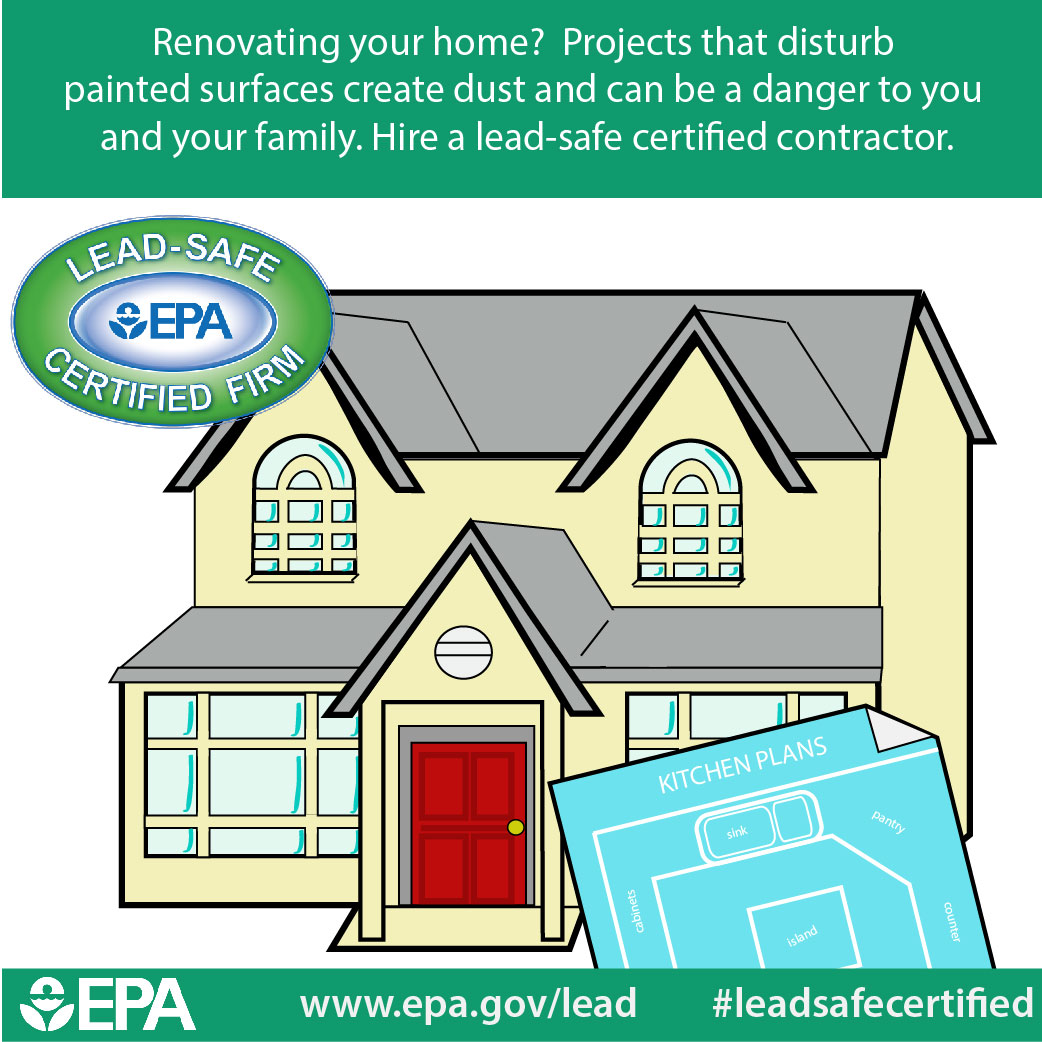Discover The Effect Of Weather Conditions On Your External Painting Task For A Flawless Finish
Discover The Effect Of Weather Conditions On Your External Painting Task For A Flawless Finish
Blog Article
Staff Writer-Mclean Mohammad
Comprehending just how weather can influence the outcome of an external painting venture is critical for attaining a remarkable surface. From temperature variations modifying paint attachment to moisture levels affecting drying out times, each aspect of weather plays a substantial function in the success of your task. In addition, wind speed and precipitation can introduce unexpected obstacles that may compromise the high quality of the result. As we browse with the nuances of climate's impact on outside paint, it becomes obvious that thorough planning and strategic timing are critical for making sure an expert and sturdy outcome.
Ideal Temperature Variety for Paint
When thinking about external painting tasks, the ideal temperature level variety plays an essential duty in achieving optimal results. Painting in the ideal temperature level conditions ensures that the paint adheres effectively to the surface, dries equally, and treatments efficiently. Normally, the advised temperature array for exterior painting is between 50 to 85 degrees Fahrenheit.
Painting in temperature levels below 50 degrees Fahrenheit can result in concerns such as inadequate paint attachment, extended drying times, and a boosted chance of fracturing or peeling off.
On the other hand, painting in temperatures over 85 levels Fahrenheit can create the paint to completely dry too quickly, bring about blistering, gurgling, and an unequal finish.
To attain interior painting+ , it is important to examine the weather prediction prior to beginning an exterior painting task. Preferably, goal to repaint during mild weather with moderate temperatures and reduced moisture levels.
Impacts of Moisture on Paint Drying
Moisture degrees considerably affect the drying out process of paint applied to exterior surface areas. High humidity can prolong the drying out time of paint, resulting in prospective concerns such as dripping, spotting, or even the formation of bubbles on the painted surface. Excess dampness in the air slows down the evaporation of water from the paint, preventing the curing process. This is specifically troublesome for water-based paints, as they rely upon evaporation for drying out.
On the other hand, reduced humidity degrees can also influence paint drying out. Very dry problems might create the paint to dry also rapidly, bring about poor bond and a rough finish. In such instances, adding a paint conditioner or spraying a fine mist of water airborne can assist regulate moisture degrees and improve the paint end result.
To make certain optimal drying out conditions, it is recommended to paint when the moisture levels vary between 40% and 50%.
Tracking humidity degrees and taking proper procedures can aid accomplish a smooth and durable paint coating on outside surfaces.
Wind and Rainfall Factors To Consider
Wind rate and precipitation are crucial aspects that significantly affect the success of an external paint project.
When it concerns wind, both rate and instructions are necessary considerations. High wind rates can cause paint to dry also quickly, causing a poor completed with possible concerns like cracking or unequal appearance. Furthermore, wind can carry debris that might stick to the damp paint, causing blemishes. For that reason, painters need to aim to deal with days with light to modest winds for ideal painting problems.
On the other hand, precipitation, whether rainfall or snow, can be extremely damaging to the outcome of an external painting job. https://www.realsimple.com/home-organizing/home-improvement/painting/six-steps-painting-room from rainfall can hinder paint bond, triggering peeling and bubbling over time. It is critical to prevent painting during wet or snowy climate to make certain the durability and quality of the paint job. Painters need to likewise permit adequate time for the surface to dry extensively after any precipitation before commencing or resuming the paint process.
Final thought
Finally, weather conditions play a substantial duty in the outcome of an exterior paint project. The optimal temperature array, moisture degrees, wind rate, and rainfall all add to the success or failure of the paint work.
It is necessary to think about these aspects and plan appropriately to ensure appropriate paint attachment, drying out times, and total quality of the finished product.
